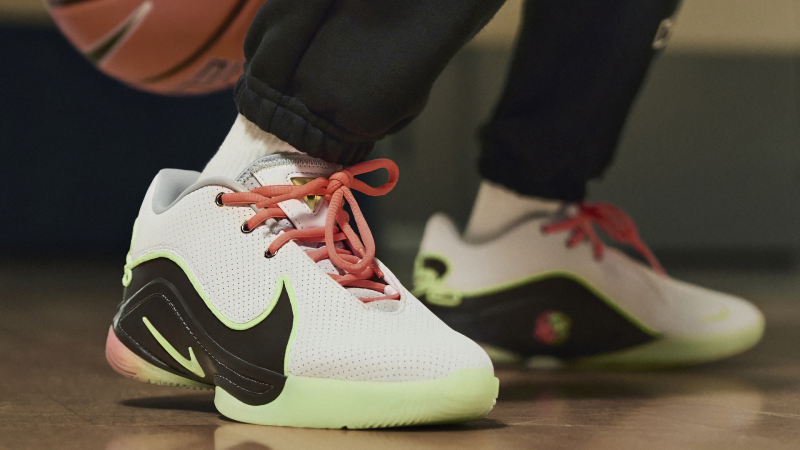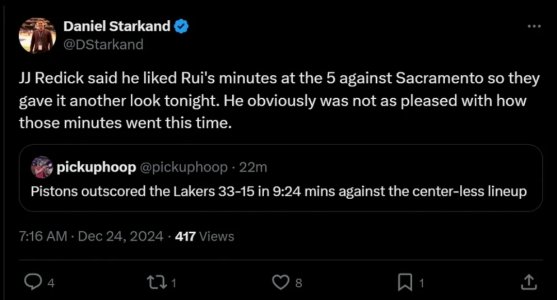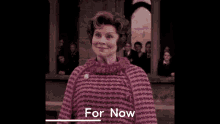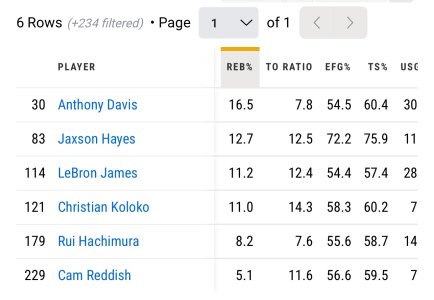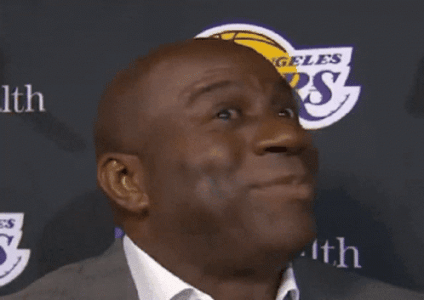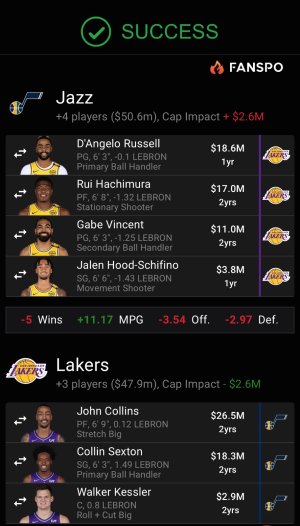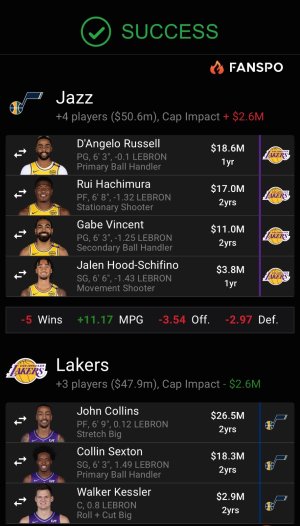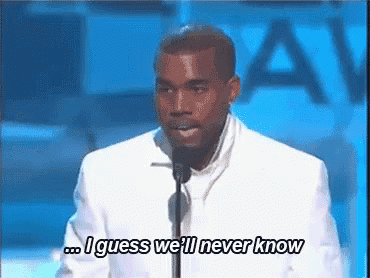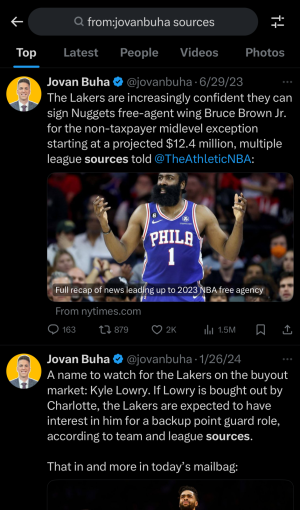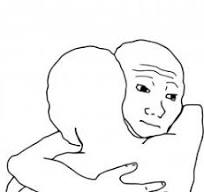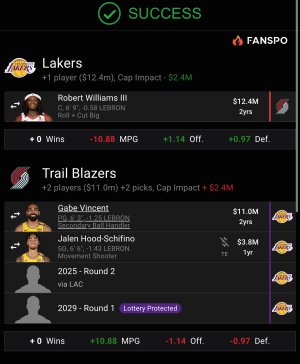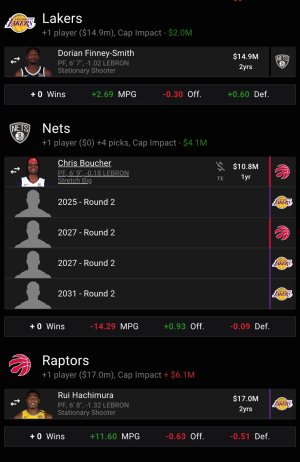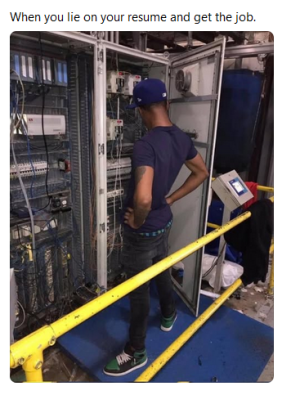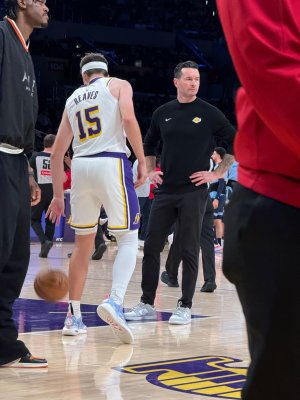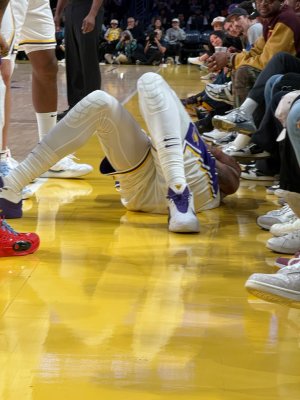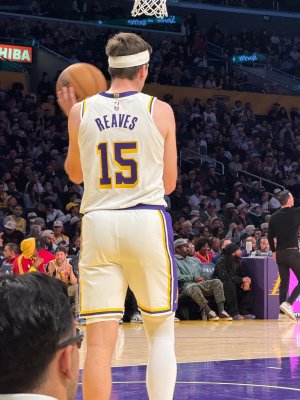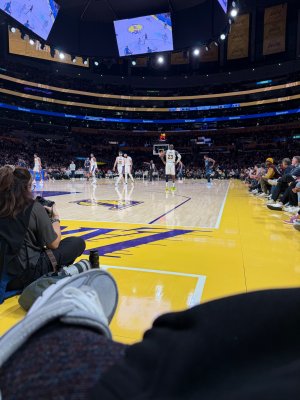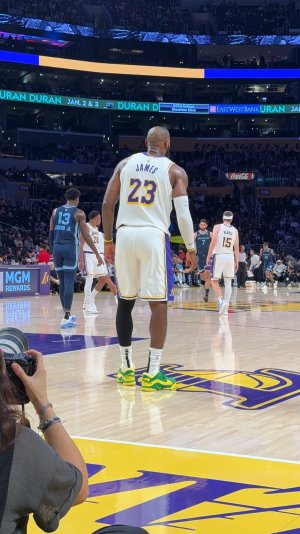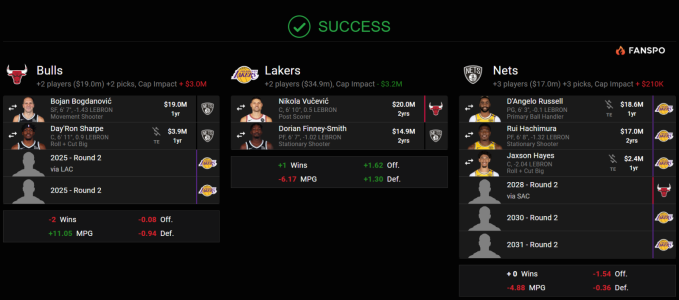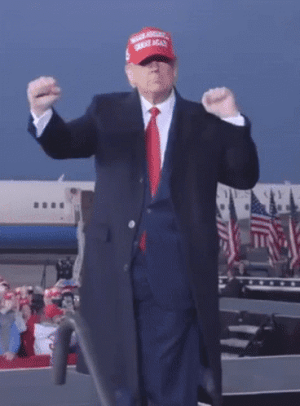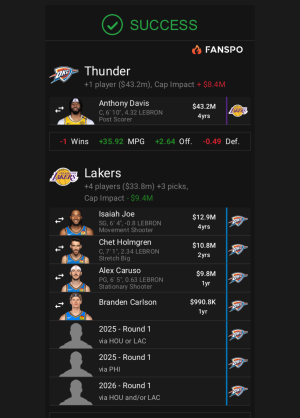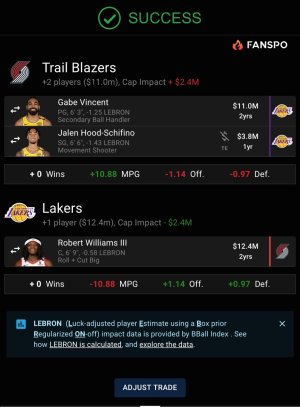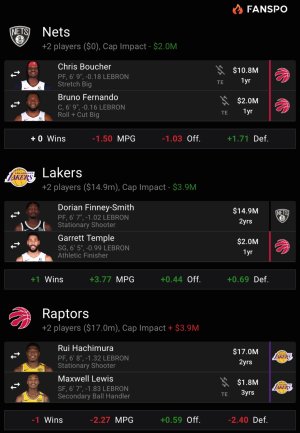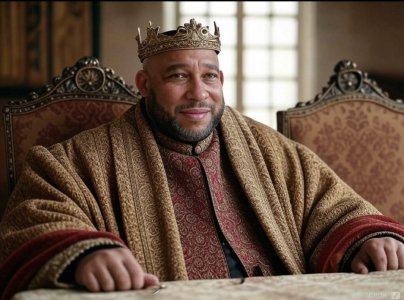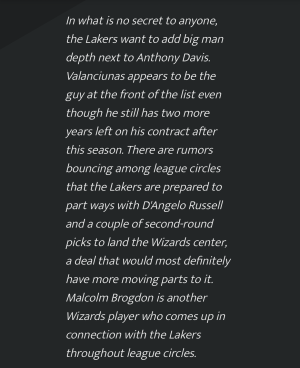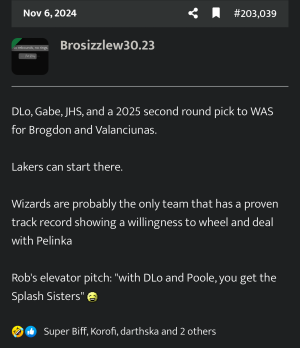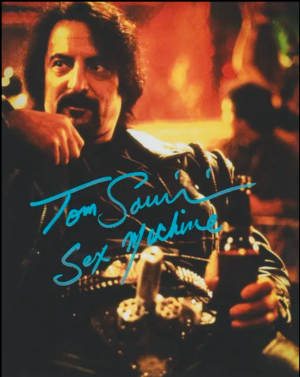Will Brandon Ingram become a superstar for the Los Angeles Lakers? Should they try to trade him for a top pick in the 2017 draft?
Chad Ford and Kevin Pelton debate the upside of L.A.'s No. 2 pick and how he has performed so far.
Has Ingram disappointed?
Kevin Pelton: Perhaps the most blowback I've gotten from readers for a column this season came when I assessed the Lakers' young talent and declared that early returns were "not encouraging" on No. 2 overall pick Brandon Ingram.
People wondered whether I'd seen Ingram play, and it's true that Ingram looks better when I'm watching than his numbers suggest. But the numbers are awful. Ingram rates 4.1 wins worse than replacement level by my WARP metric, the most negative rating by a wide margin for anyone in the NBA. (Brooklyn Nets rookie Isaiah Whitehead is next at minus-2.8 WARP).
That's partially because most players who rate as poorly (or worse) don't play as many minutes as Ingram has, which matters in a value stat like WARP, but Ingram doesn't rate well on a per-minute basis either. He sits 453rd in ESPN's real plus-minus (RPM), ahead of Jahlil Okafor of the Philadelphia 76ers and Semaj Christon of the Oklahoma City Thunder.
As we consider what this disconnect between Ingram's stats and the proverbial "eye test" means, let's start by figuring out whether he has disappointed so far. That means going back to our expectations before the draft.
Chad, what did scouts think the Lakers were getting in Ingram?
Chad Ford: The Lakers (and GMs from a number of other teams) thought they were getting a star. Last year at this time, there was a pretty fierce debate among NBA front offices around Ingram. While Ben Simmons stayed No. 1 on our Big Board all year and was ultimately taken No. 1, a number of GMs and scouts felt that Ingram was the best prospect in the draft. Some went as far as calling him the next Kevin Durant -- a long, lanky, athletic forward who could defend multiple positions and stretch the floor.
Ingram ended up No. 2 on our Big Board, and I personally sided with NBA scouts who felt he had the second-most upside of anyone in the draft. We knew his transition might take a little longer than most. His body needed a lot of work, and scouts were concerned with how he would handle the physicality of the NBA. But I think we all thought that in three years, he had a chance to be a superstar.
What did you see from him before the draft, Kevin, and how did his stats compare with other top prospects?
Pelton: I was skeptical of the idea that Ingram vs. Simmons should be a debate. From a statistical perspective, Ingram was more a good prospect than a great one. He ranked 11th in my stats-only WARP projections, though third behind Simmons and Dragan Bender when his rank on your big board was factored in. Since Simmons was unavailable and Bender didn't make as much sense for the Lakers with Julius Randle at power forward, I thought Ingram was the right pick for L.A.
It was never realistic to expect Ingram to help the Lakers much as a rookie, given his age and physical development. My projections had him about replacement level right away.
But he has fallen well short of that so far. Chad, do you think scouts have been disappointed by Ingram's inefficient scoring? Or are they more encouraged by the ballhandling ability he has shown and the large role he has played as the league's second-youngest player after Bender?
Ford: I, too, thought there was a significant gap between Simmons and Ingram, though I thought his long-term upside was very high. He got off to a slow start at Duke before really coming on later in the year, and I think, overall, scouts expected a similar trajectory for Ingram.
Frankly, almost everyone in the 2016 draft class has been a bit of a disappointment, but I'm not so sure I'd go as far as calling Ingram one yet. Clearly, you make the statistical case for how much he has struggled this year, but I spoke with a number of NBA GMs and scouts over the last 24 hours, and the general reaction I received was that the Lakers just have to be patient.
One issue that many scouts predicted before the draft was that finding the right position for Ingram on both sides of the ball would be an ongoing question mark. Given his size, body type and skill set, it wasn't obvious how best to play him. I think Luke Walton is starting to figure that out, and as you mentioned, his ability as both a ball handler and playmaker might give us some clue as to where his game might ultimately evolve.
I do think one area of disappointment for scouts early on is his shooting. He shot 41 percent from 3-point range in college, but that number has dipped to 30 percent in the NBA. That was an important part of his game for NBA scouts. On the plus side, Ingram's 3-point percentage has steadily risen all year. He shot 20 percent from 3 in December, 33 percent in January, 35 percent in February and 43 percent in the first three games of March.
What things are you concerned about, Kevin?
Pelton: Ingram's scoring efficiency is certainly a concern. He hasn't been much more accurate inside the arc, shooting 41 percent on 2-point attempts, so Ingram's .459 true shooting percentage ranks ahead of only Rajon Rondo (.431) among players who have played at least 1,000 minutes. (Fellow rookie Kris Dunn is at a .433 true shooting percentage in 960 minutes.)
If you're projecting Ingram into a 3-and-D role eventually, it's worth noting that his poor foul shooting (62.8 percent) is another indicator that he might not be that level of shooter.
Beyond that, Ingram simply hasn't shown any average skills for his position yet, save for playmaking. He's a below-average rebounder for a small forward, and despite his wingspan, Ingram's steal and block rates are below average for the position, too. Those factors are relatively consistent from Ingram's college track record.
How much will Ingram improve?
Pelton: If there's anything that encourages me, I guess it's the idea that Ingram's finishing will improve more than the typical 19-year-old, because he'll add strength. Is that what scouts continue to believe as they project his development?
Ford: Yes. Everything revolves around him adding strength and finding the right role on the team. But all of the concerns you mention are concerns for scouts as well. And as you correctly pointed out, they were concerns before the draft as well.
Interestingly, while there were a number of scouts and GMs who ranked him No. 1, there were also a number of high-level GMs who didn't buy into the hype. They saw these concerns going in and were skeptical Ingram had anywhere near the star potential that Simmons did.
That's one of the tricky things about scouting. Two good scouts can watch the same player in the same games and have the same statistical information and come to very different conclusions. That happened in last year's draft with players such as Jaylen Brown. The Celtics loved him -- more than Ingram, actually. Other teams had him in the middle of the first round.
Ingram is just 19. He will get stronger. He will get more comfortable. Is there any precedent for players having rough rookie seasons only to develop into stars later? I remember one of Ingram's comps, Kevin Durant, rating poorly by advanced stats as a rookie. What does the historical evidence say?
Pelton: There's a little. In terms of players who were similarly ineffective as rookies, Allan Houston and Richard Hamilton are two players who eventually developed into All-Stars despite being much older when they entered the league.
Looking at players who were 19 throughout their rookie season and played at least 2,000 minutes yields some interesting results. Ingram should become the 11th such player. Taking out Devin Booker and Michael Kidd-Gilchrist because they're still too young to evaluate their development, here's how this group compared in terms of player win percentage (the per-minute version of WARP, akin to PER) as rookies versus their peak performance:
View media item 2361568
While Durant was much better than Ingram as a rookie, he indeed made the biggest leap of this group. And on average, these eight players improved their win percentage by more than .200, enough to lift Ingram (.304 win percentage so far this season) to league average. So Ingram is still likely to be a useful player and maybe more than that.
Still, my suspicion is that teams around the league will be slower to update their perception of Ingram to someone who is likely to be around an average player at peak. That's why, as unthinkable as it might sound, I would consider trading Ingram this summer.
Teams that have traded recent high draft picks after slow starts to their careers have rarely regretted it. Think about the Sacramento Kings trading Thomas Robinson during his rookie season (a deal for which I panned them) or the Cleveland Cavaliers trading Anthony Bennett after one year. While the jury is still out on this move, it's certainly fair to say Buddy Hield had more value in the DeMarcus Cousins trade than outside observers would give him.
And don't the Philadelphia 76ers regret not looking to trade Jahlil Okafor earlier as we suggested shortly into his rookie season, before his value deteriorated? If the Lakers could get a high lottery pick in this year's draft or an equivalent prospect from a team that believed Ingram had star potential, I'd make that deal. Is that crazy to think?
Ford: No, I don't think that's crazy, especially in this upcoming draft. I think the top seven or eight players in the 2017 draft (and maybe even top 12) are better prospects than Ingram was. Only Ben Simmons could've held his own with this group. In fact, there's a player who's quite similar in skill set, size and build to Ingram: Florida State's Jonathan Isaac, whom most scouts project as a better prospect in the long term than Simmons.
Dealing for a pick might be especially appealing to the Lakers if their pick falls outside the top three and heads to Philly this year. And I think you're right. Talking to a number of GMs and scouts around the league, they are higher on Ingram than the statistical analysis you've provided. I think if the Lakers were in the hunt for a pick in the Nos. 6-10 range, Ingram might be able to get them there.


 )
)

